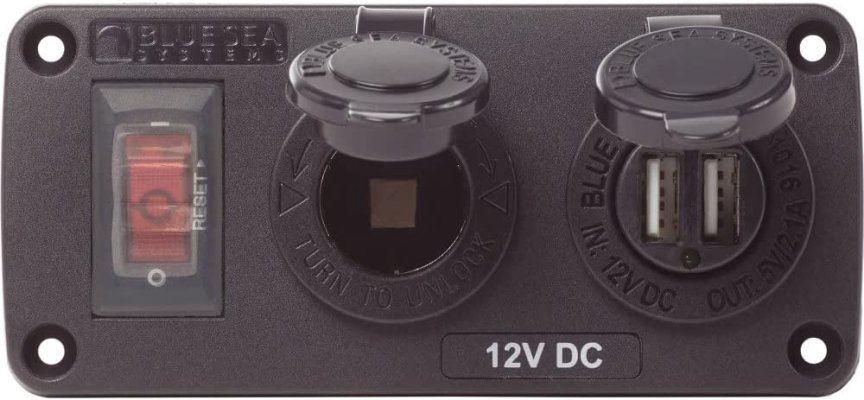jclays
Senior Member
Good morning
I will be installing a 12v cigarette lighter style outlet in the cockpit area of my Mainship 350. I will mostly use it to plug in a 350 watt portable inverter. I can run my laptop when on the hook and also run my Christmas lighting when underway.
Should I fuse the positive leg to the battery?
How should I calculate the fuse size?
Thanks
Jim.
I will be installing a 12v cigarette lighter style outlet in the cockpit area of my Mainship 350. I will mostly use it to plug in a 350 watt portable inverter. I can run my laptop when on the hook and also run my Christmas lighting when underway.
Should I fuse the positive leg to the battery?
How should I calculate the fuse size?
Thanks
Jim.


